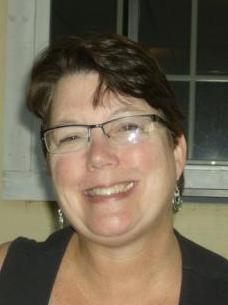Celebration of Scholars
Speed Dating Across the Curriculum: Fostering Critical Thinking
 Name:
Patricia Rieman
Name:
Patricia Rieman
Department: Education
Type of research: Independent research
Abstract
Speed Dating Across the Curriculum: Fostering Critical
Thinking
When students role-play, their learning is personalized
(Joyce & Calhoun, 2014) and the effects of Vygotsky’s social learning are
enhanced. Add the challenge of finding compatible partners in history, and
students are fully engaged as they infer the connections between themselves and
their “dates”. Mix in the final element of limiting the opportunity to interact
with potentially compatible partners, and students must quickly determine
importance, synthesize, and then verbalize the details of their personas. Additionally,
students must analyze their partner’s message to identify connections to their
own, infer hidden identities, and describe their cognitive processes. In each
encounter, they engage in metacognition as they revise their brief introduction
to make it as comprehensive as possible. In this example of using speed-dating
to teach history, all of these actions come together to create a unique and
memorable learning experience.
This SoTL project is influenced by the work of Linda Christensen (2000), and is currently in the piloting stage of implementation with junior and senior level content area majors who are minoring in secondary
education.
